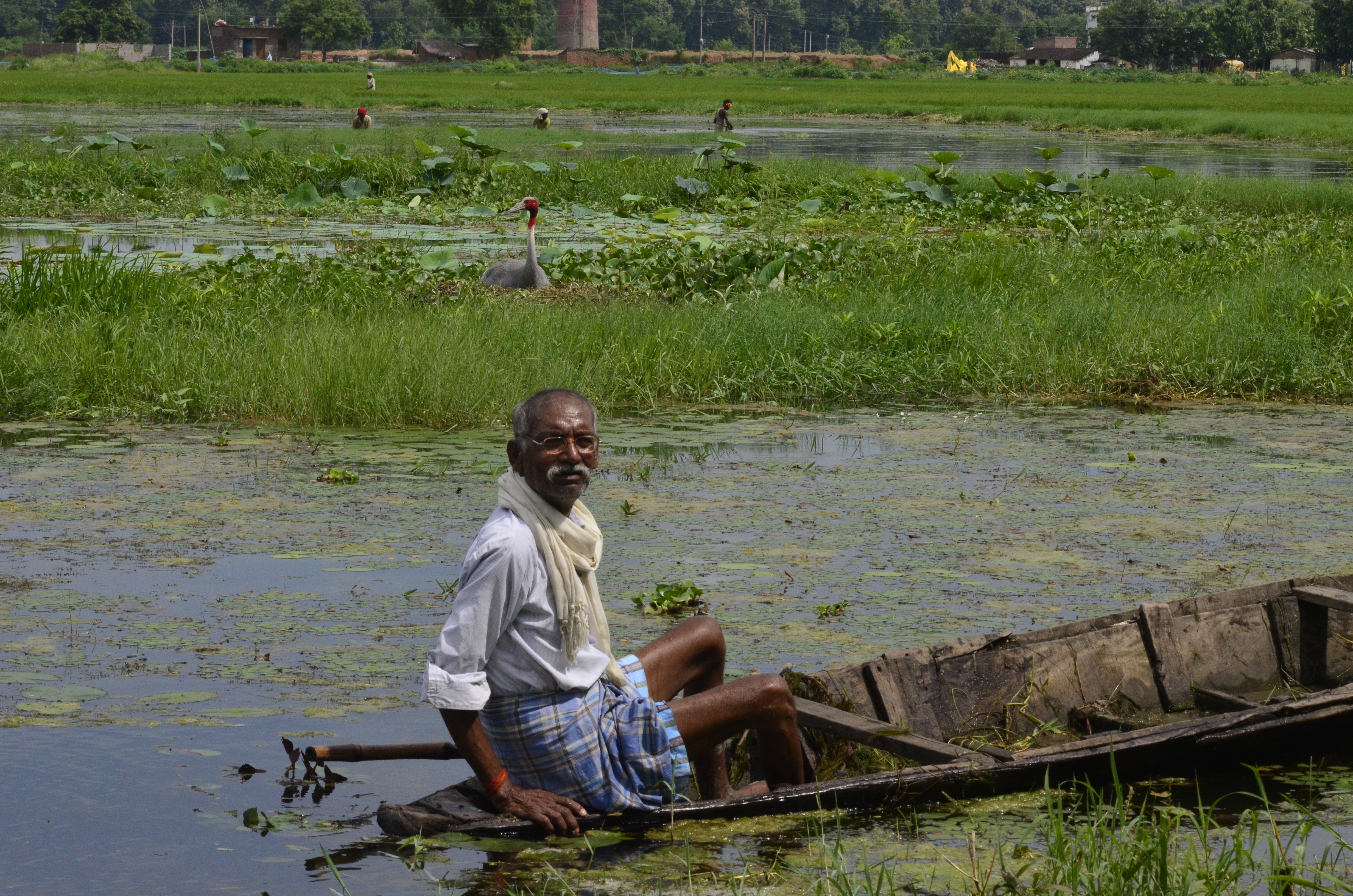Securing wildlife habitats outside traditional protected area network is one of the mandates of the ASA Partner Wildlife Trust of India (WTI). Wetlands are one such critical habitats which are facing multiple threats due to expanding agriculture and human settlements as a result of surge in human population. Diminishing wetlands adversely affect the populations of a range of invertebrate and vertebrate taxa including birds, reptiles and amphibians. The trust works to protect wetlands in 10 districts, in a north Indian state of Uttar Pradesh, situated in the basins of the Rapti and Ghaghara Rivers in the Gangetic Plains in India. Wetlands and rice paddies together cover around 40% of the geographical area of the districts and provide habitat to a variety of aquatic biota. These wetlands are embedded in agricultural landscape where synthetic agrochemicals are used in large quantities for better production and reduce loss due to pests. A study by WTI found presence of residues of 15 pesticides belonging to organochlorines, organophosphate and pyrethroid groups of insecticides, weedicides and herbicides. The toxic chemicals are direct threat to the wetland ecosystem and needless to mention that amphibians are one of the worst sufferers of the toxic pollution.
The project, started in 2013 to conserve the Sarus Crane (Antigone antigone) – the tallest flying bird and iconic to wetland ecosystem, has identified over 50 wetlands which are important for biodiversity conservation and require concerted efforts for their conservation because of no legal protection accorded to them. The organization is working with the government authorities to bring these wetlands under legal protection regime, and at the same time engage communities in conservation of wetlands and its biodiversity. Community based organizations – Sarus Protection Committees and Wetland Management Committees, have been constituted in villages to institutionalize the process of protection and conservation of wetland ecosystem. Local farmers voluntarily protect the Sarus crane nests in wetlands and rice paddies. WTI organizes events to felicitate these farmers in recognition to their contribution towards conservation. With this approach the project has protected over 800 Sarus nests till successful hatching, directly contributing to increase in the crane’s population.
Assessment of biodiversity, hydrological characteristics, threats, rights and privileges of local communities and land ownership status of the identified wetlands is being done by the WTI. It is a mandatory process for notifying them under the ‘Wetland (Conservation & Management) Rules, 2017 of the Government of India. The rules would enforce measures to prohibit change in land-use and improve ecological conditions of wetlands. Effecting an Integrated Wetland Management Plan is mandatory for each of the notified wetlands. It will go a long way in conserving biodiversity and promoting wise-use of wetlands.
Photo © Samir Kumar Sinha

